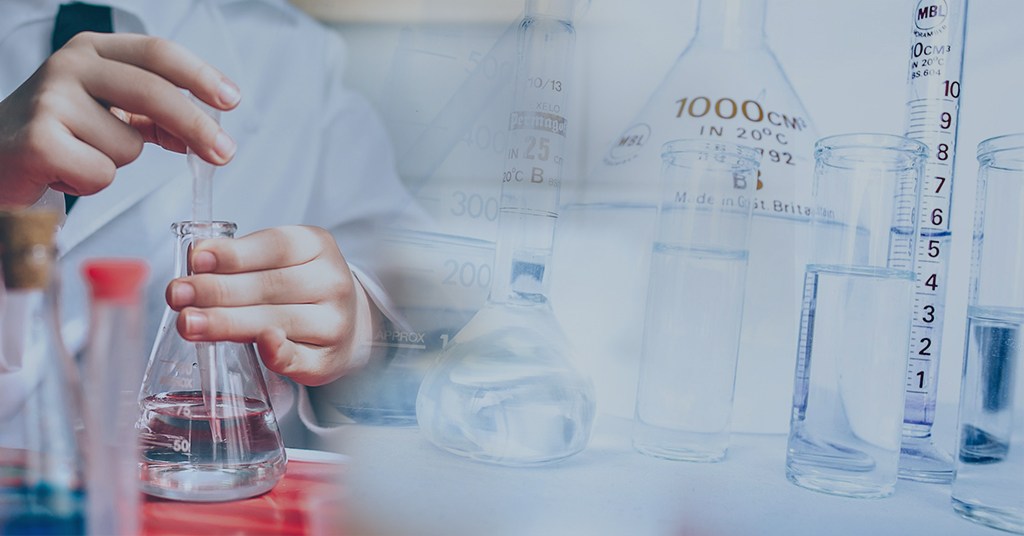Welcome To ChemAnalyst

In the domestic German market, where the CFR (Cost and Freight) prices of Vitamin E had been smooth from the beginning of the year 2023, the trajectory escalated steadily through the end of Q1 2023 with a price variation of ~0.8% in April alone. The substantial stocks of Vitamin E kept by local merchants and the steady demand from end-user sectors like pharmaceuticals and nutraceuticals were the main factors preserving the stability of the Vitamin E price over the course of the month. The fact that freight rates between Asia and Europe have significantly dropped to pre-pandemic levels or below has also had an impact on the Vitamin E price chart's positivity, showing a strong demand and supply scenario. On the back of declining energy prices, it is evident that consumer demand, as well as operating expenses for Vitamin E, have both risen.
Inflation is still a cause of concern in Europe, economic growth has declined, and vulnerabilities to the financial system have become real. It will still take much stricter macroeconomic policies—tailored to shifting financial conditions, tougher supervision, and bolder supply-side reforms—to tame sticky inflation and market dynamics while preventing financial stress and a recession. These policies should also heal the wounds left by COVID-19 and the energy crises overall. The now-balanced energy prices, however, caused consumer prices in the eurozone to rise 6.9% in March compared to the same month a year earlier. Although the rate of inflation in Europe has reached its lowest level in more than a year, there are other compelling indications that prices are still under pressure to fluctuate generally, which also applies to a variety of pharmaceuticals and Nutraceuticals, including Vitamin E.
An EU study suggests that expanding the number of API manufacturing facilities in Central and Eastern Europe could help address medicine shortages and supply chain problems, particularly when it comes to importing from China. The examination indicates that higher-income nations like Germany make desirable Vitamin E production locations in Europe. Furthermore, even though higher wages are a barrier to moving API production to Europe from Asia, future technology will likely increase automation and robotization, which may necessitate fewer production workers.
As the world's top producer of Vitamin E, China, its development is important for all nations. Global growth will benefit if the rebound following the elevation of zero-Covid picks up momentum. Moreover, at a time when the world is just beginning to control inflation, it might lead to an increase in commodity prices on a global scale. The specialists at ChemAnalyst predict that the second quarter will see an expansion in China's economy, which will be advantageous for the German market for Vitamin E in terms of trade and demand going forward. Significant obstacles nevertheless still exist.
We use cookies to deliver the best possible experience on our website. To learn more, visit our Privacy Policy. By continuing to use this site or by closing this box, you consent to our use of cookies. More info.
